Maltese vs Bichon Frise: What's the difference?
Small, fluffy, and affectionate, our expert vet reveals everything you need to know when it comes to the Bichon Frise vs Maltese
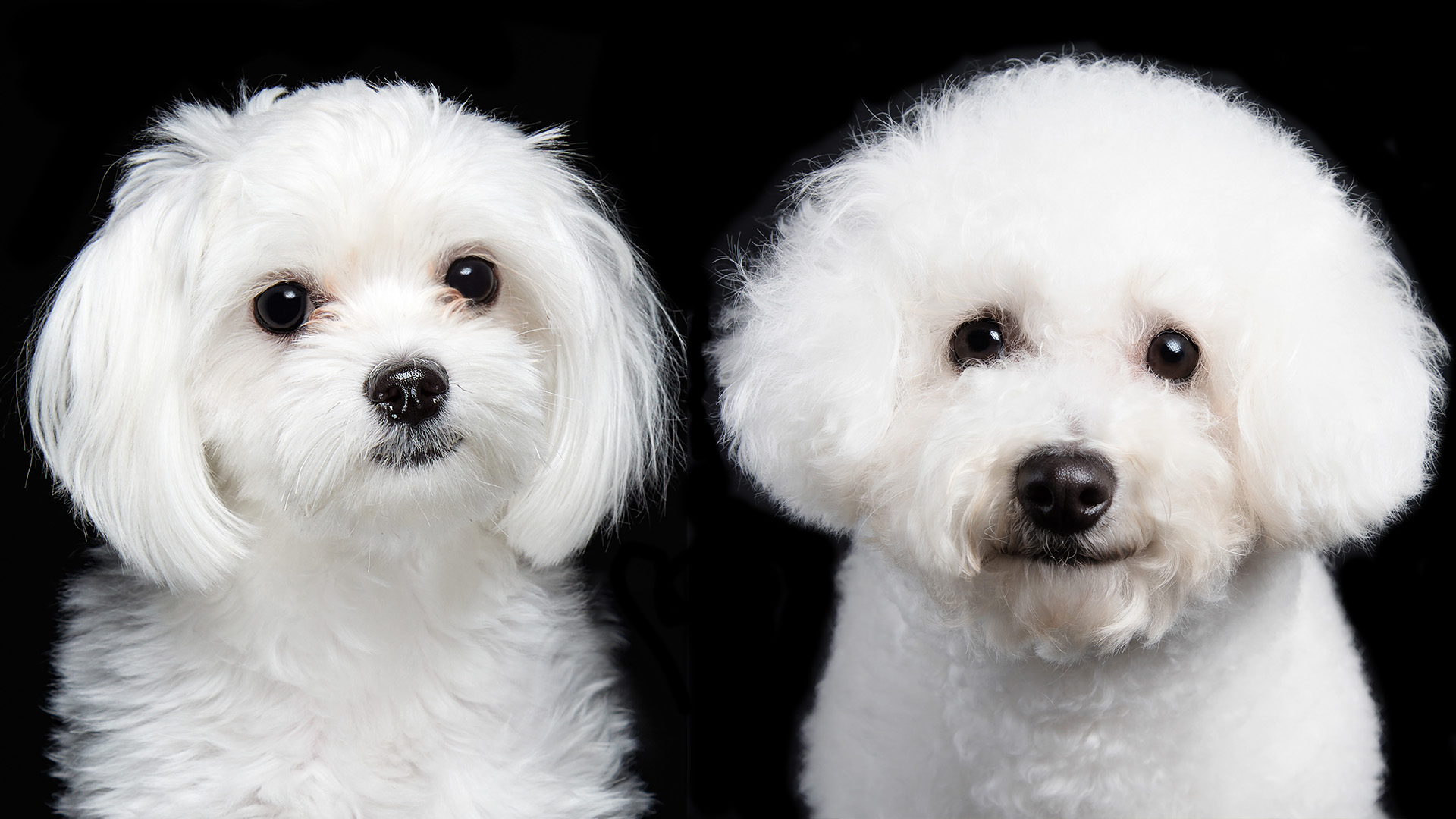
When you think of the Bichon Frise vs Maltese, it's easy to mix these two breeds up. If so, you're not alone! While the Maltese is the smaller of the two, when both dogs have their coats clipped short, it can be hard to tell them apart.
The Bichon Frise tends to be the more peppy and lively of these breeds, but both enjoy playing fetch with the best dog toys and participating in puzzle games that give their brains a good workout.
While both are affectionate and devoted, the Maltese is the more cuddly and snuggly of the two, and they're also deeply in tune with their human's emotions, so they make a great emotional support dog breed.
Below, expert vet Dr Rebecca MacMillan shares more about the similarities and differences between these two breeds, including how easy they are to train, what they require in terms of grooming, and a few common health issues you'll want to be aware of.
Size: Bichon Frise vs Maltese
Both the Bichon Frise and the Maltese are toy dog breeds, so you won't need to worry about creating a ton of space in your home for these petite pups!
The Bichon Frise is the larger of the two, measuring between 9.5–11.5 inches in height. They're quite a bit heavier than the Maltese as well, with most Bichon Frise weighing somewhere in the vicinity of 12–18 pounds.
Maltese dogs are tiny, both in height and weight. They stand at just seven to nine inches in height and weigh less than seven pounds.
Get the best advice, tips and top tech for your beloved Pets
Appearance: Bichon Frise vs Maltese
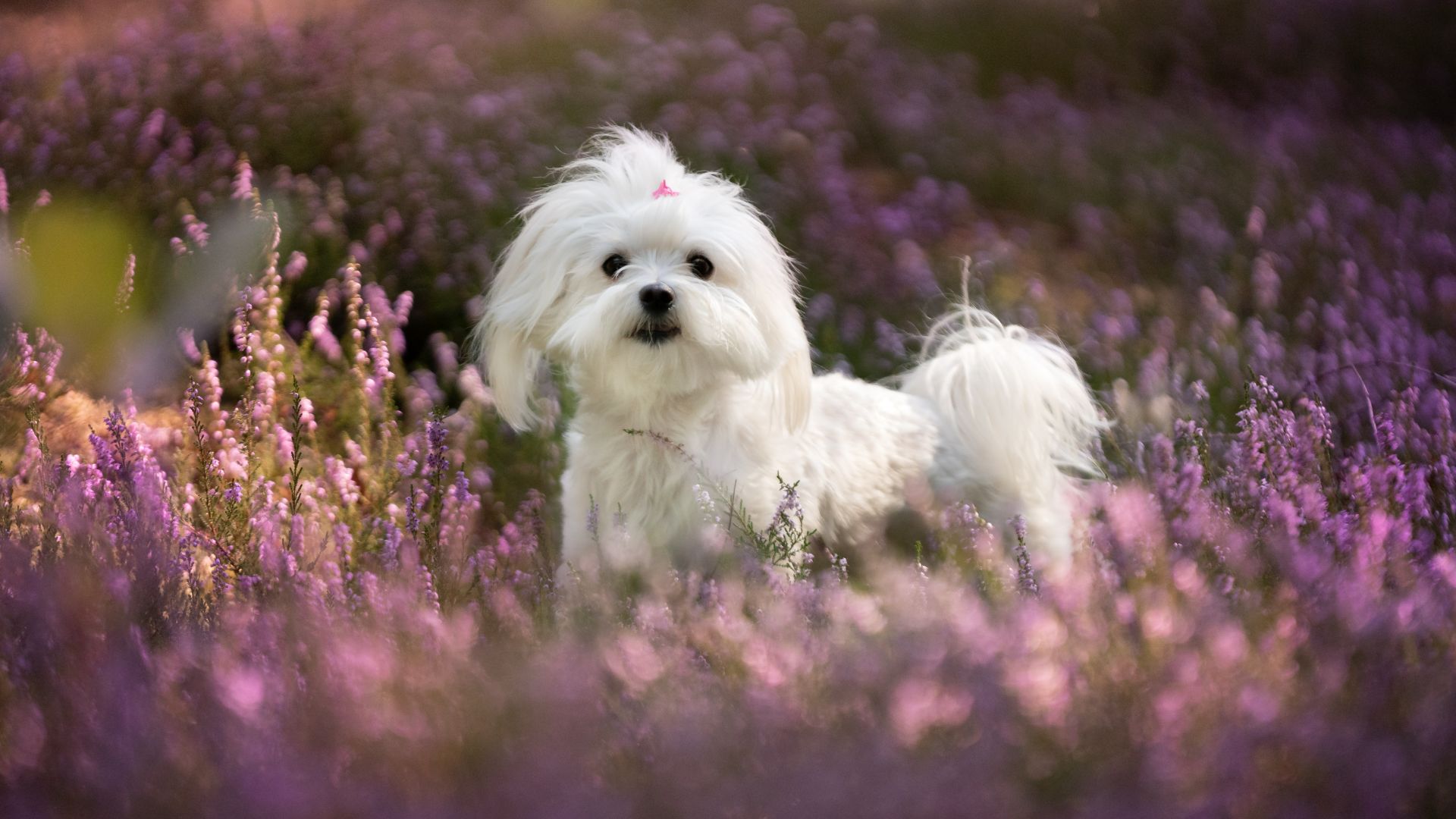
Maltese
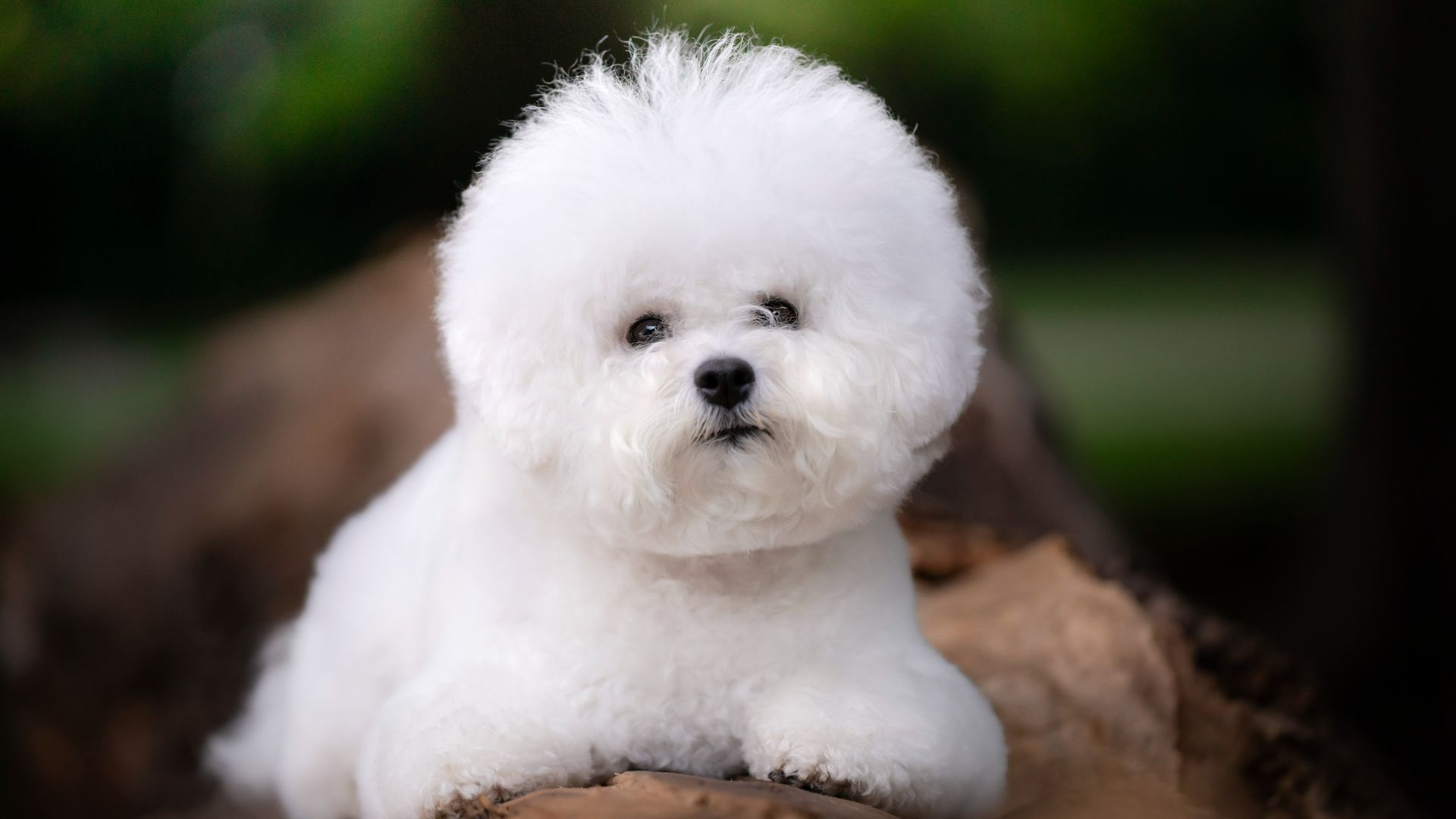
Bichon Frise
While they're both white and fluffy, the coats of the Bichon Frise and the Maltese are actually quite different.
The Bichon Frise looks like a giant cotton ball when its coat is left unclipped, and its fur is curly and plush. They have round heads, soft and droopy ears, large, dark eyes, and their lips and nose are both black.
In contrast, the Maltese typically has a straighter coat that's silkier to the touch, and when left unclipped, it will often touch the floor. Their drooped ears are heavily feathered, and they have a plumed tail that curls over their back.
Trainability: Bichon Frise vs Maltese
Planning on training your dog on your own rather than hiring a professional? If so, you may be curious about how these two dogs compare when it comes to intelligence. Here's what Dr MacMillan has to say:
"The Maltese is classed as below-average for canine intelligence, whereas the Bichon Frise is considered average. However, these ratings don’t account for emotional intelligence," she explains.
"While the Bichon may be smarter on paper, and more eager to learn tricks, Maltese are excellent companion dogs. They are very in tune with their owners. This loyal and eager-to-please nature means they are still very trainable despite their lower IQ."
Dr MacMillan says that it's important to use positive reinforcement training for both breeds and to find what sort of reward works best for your dog. Some pups like treats, others prefer praise, and then there are those that see a play session or quality time with their owner as the reward.
Exercise: Bichon Frise vs Maltese
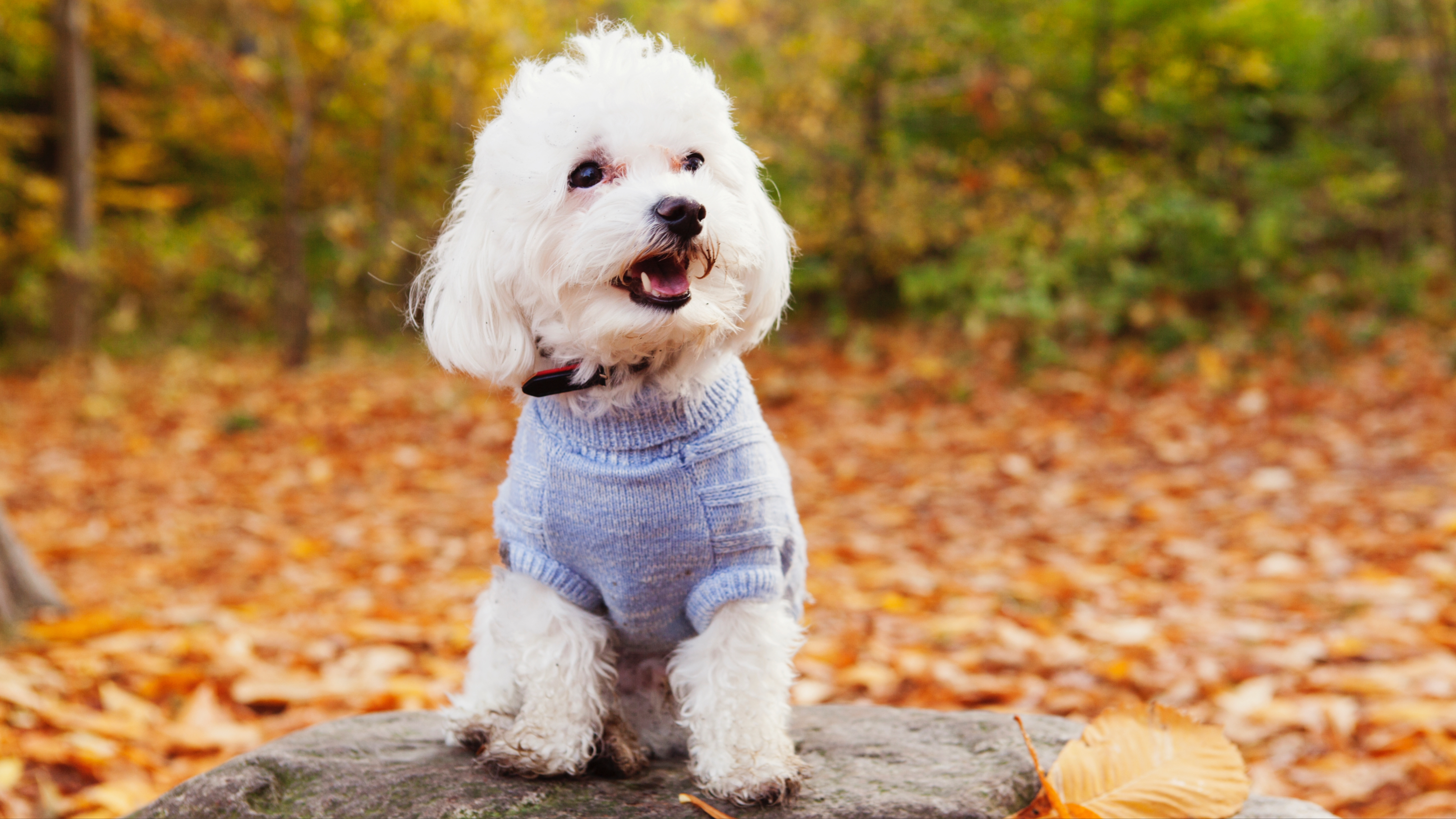
If you're looking for a dog you can go running with or one who'll love hitting the trails with you for a long hike, you'll want to steer clear of both the Bichon Frise and the Maltese as neither is built for these sorts of endurance activities. However, if what you're after is a pup you can enjoy a leisurely stroll around your neighborhood with, both will tick that box nicely.
"Depending on their age and health status, both the Bichon Frise and the Maltese usually require 30–60 minutes of exercise each day," says Dr MacMillan. "The Bichon is often the more active of the two, though. Due to their smaller size, the Maltese may need shorter walks and more gentle play than the Bichon."
Both breeds have a playful side, so investing in a few of the best dog puzzle toys or playing games with them can be a great way to provide them with some mental and physical stimulation, and interactive play sessions are a wonderful way to deepen the bond you share with your dog, too.
Grooming: Bichon Frise vs Maltese
Whip out the best dog brush and set aside some time in your diary each day because both the Maltese and the Bichon Frise are high maintenance on the grooming front.
"Bichons have a curly, low-shedding double coat, which requires professional grooming every 4–6 weeks," Dr MacMillan explains. "There are a variety of different haircuts to choose from, so you will need to decide which suits your pup and their lifestyle best."
While the Maltese have a silkier and wavier coat, they also need regular trips to the groomer.
"Some owners choose to have their fur clipped short, which makes them easier to care for at home," says Dr MacMillan. "They will then only need to be brushed once or twice a week with their short coat. If a longer coat is preferred, then your Maltese will need daily brushing to prevent tangles. A trip to the groomer every 6 weeks or so is still recommended for a trim to neaten things up."
Dr MacMillan adds that both breeds are prone to matted and tangled fur, so their coats must be well-maintained.
"Both dogs also have characteristic pure white fur, which can be a challenge to maintain. Regular baths with dog-whitening shampoo products can help," she says.
Health: Bichon Frise vs Maltese
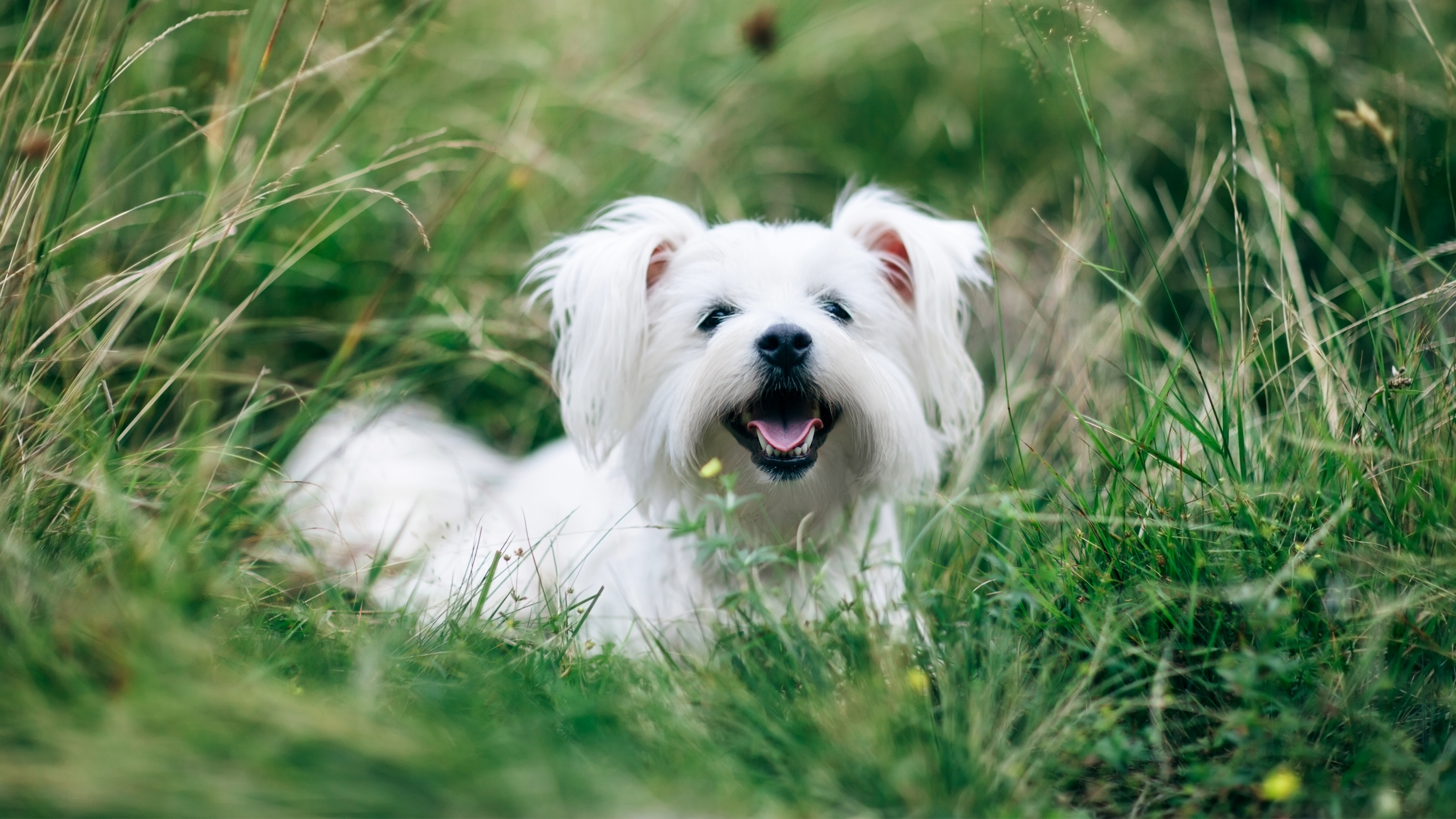
When it comes to their health, we have good news for you – both the Bichon Frise and the Maltese are generally healthy and have good life expectancies.
"Most of the conditions that they are prone to are common in many small breeds of dogs," Dr. MacMillan says. "This includes luxating patella, a condition where one or both kneecaps slide out of place. Depending on the severity, this can cause limping, pain, and early-onset osteoarthritis.
“Some dogs will require surgery to stabilize their knee joint. The Bichon Frise is more prone than the Maltese to another joint issue called hip dysplasia. This developmental abnormality of the hip joint can cause mobility issues."
You'll also want to keep an eye on your pup's teeth and gums as dental disease is very common in both breeds.
"Excessive tartar build-up, gum inflammation, and tooth loosening can be a real issue in many small dogs," confirms Dr MacMillan. "Daily teeth brushing from an early age is recommended."
Check out these vet-recommended toothbrushes for dogs and our guide to the best dog toothpaste to help keep your pup's pearly whites in tip-top condition.
Finally, Dr MacMillan says that the smaller size of the Maltese means that this dog is more at risk of hypoglycemia, especially as a puppy.
"This occurs when levels of blood sugar become dangerously low, causing lethargy, seizures, and loss of consciousness."
Owner suitability: Bichon Frise vs Maltese
Now that you know a little bit more about the Bichon Frise and the Maltese, you may be wondering which one is the best fit for you and your family. Here's what Dr MacMillan has to say:
"Both dogs are moderately active, so don’t expect a jogging companion! They are versatile little dogs, so they will both be just as happy in the town or the countryside. The Bichon Frise is the more active of the two, so owners should bear their lifestyle in mind when making their choice.
The Maltese would make a better lap dog and companion, whereas the Bichon might be a better family dog choice. Bichons are also considered more hypoallergenic than Maltese, due to their coat type, but remember all dogs have the potential to trigger reactions in sensitive allergy sufferers."
Adopting a dog is a big decision, but you'll find that choosing a breed that's a good fit for your lifestyle goes a long way in ensuring your new friendship gets off on the right paw.
Read next: Bichon Frise facts
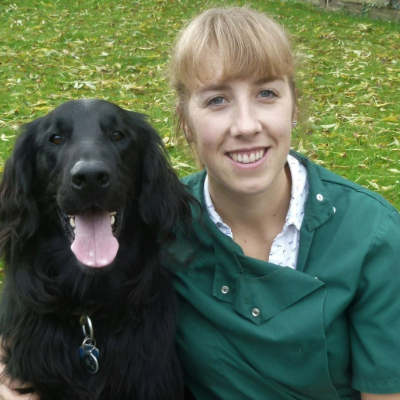
Rebecca is a veterinary surgeon who graduated in 2009 from the Royal Veterinary College in London. She has a wealth of experience in first opinion small animal practice, having done a mixture of day-to-day routine work, on-call emergency duties and managerial roles over the years. Rebecca enjoys medicine in particular and she is proud to have recently achieved a BSAVA postgraduate certificate in small animal medicine (with commendation).
She writes on various feline and canine topics, including behavior, nutrition, and health. Outside of work and writing she enjoys walking her own dog, spending time with her young family and baking!
Edited by Georgia Guerin and Alexis de Leaver.
This feature was last updated in June 2025 by Bethany Stone.

Kathryn is a freelance writer who has been a member of the PetsRadar family since it launched in 2020. Highly experienced in her field, she's driven by a desire to provide pet parents with accurate, timely, and informative content that enables them to provide their fur friends with everything they need to thrive.
Kathryn works closely with vets and trainers to ensure all articles offer the most up-to-date information across a range of pet-related fields, from insights into health and behavior issues to tips on products and training.
When she’s not busy crafting the perfect sentence for her features, buying guides and news pieces, she can be found hanging out with her family (which includes one super sassy cat and a kitten), drinking copious amounts of Jasmine tea and reading all the books.
She has written for a range of publications, including Fit&Well, Top Ten Reviews, LiveScience, Goodto, and Product Hunt.
